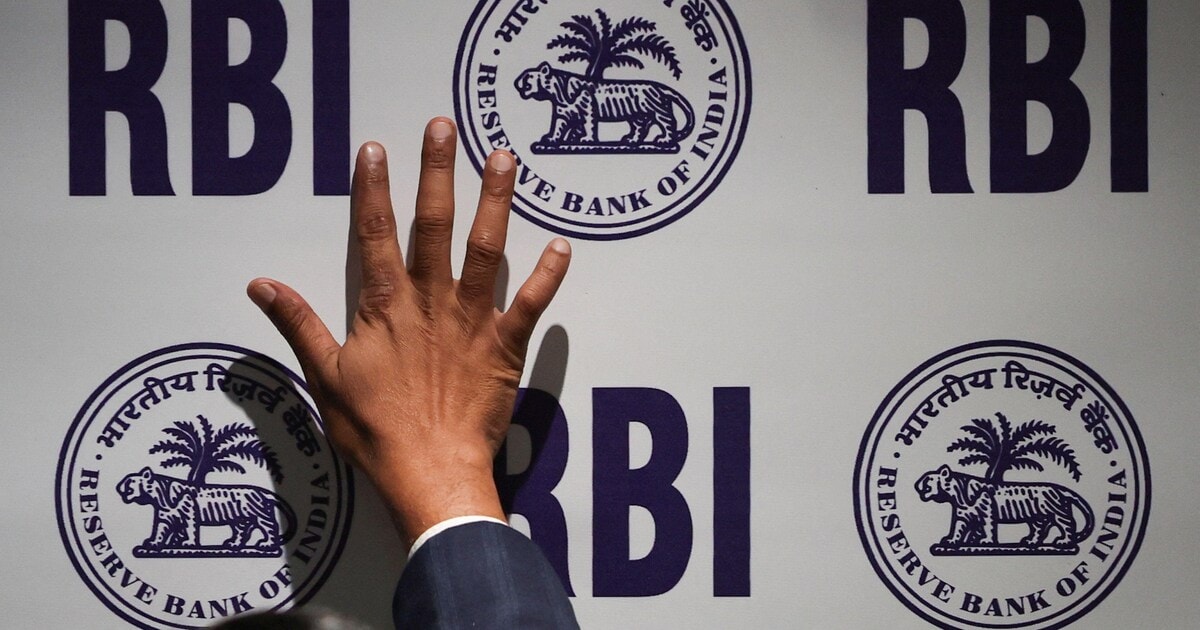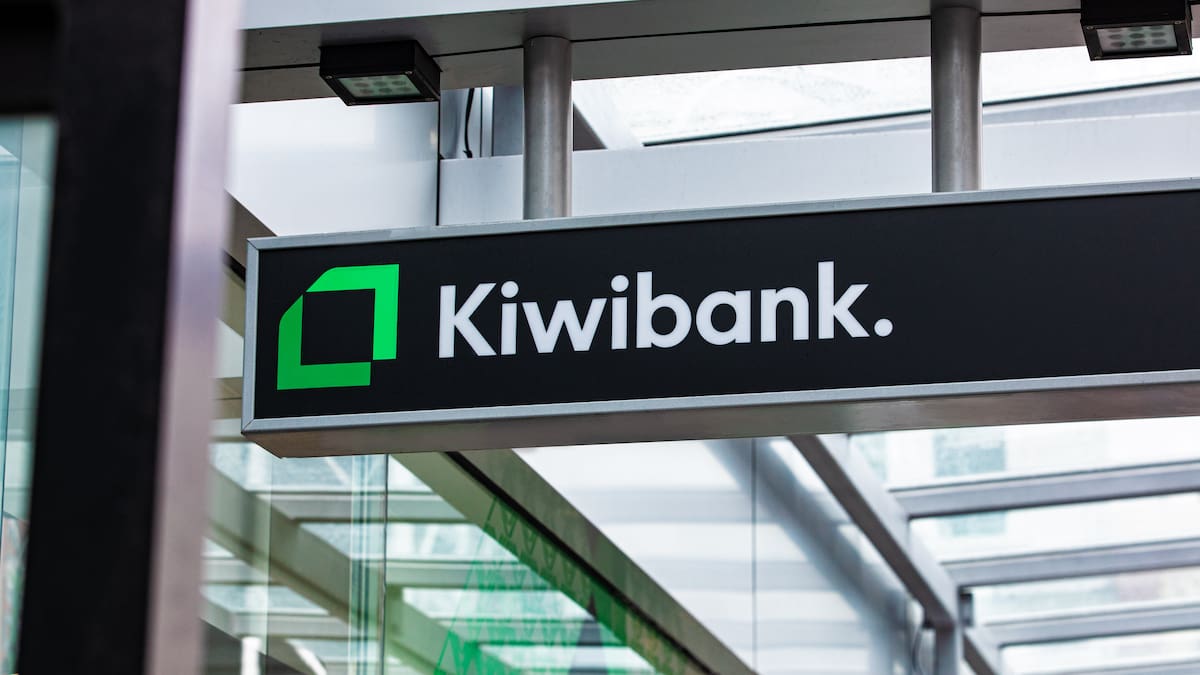Summary
In India, savings accounts fuel financial inclusion, digital payments and government benefits, making them an essential tool for everyone.
Source: News18

AI News Q&A (Free Content)
Q1: What are the essential steps to open a savings account in India?
A1: To open a savings account in India, you need to provide valid identity and address proofs. Accepted documents include a Voter ID, Driving Licence, Valid Passport, NREGA Job Card, or Aadhaar Card. The account can be opened online or offline by visiting a bank branch. Once the application form is submitted with the required documents, the account is activated upon the initiation of a transaction.
Q2: What are the benefits of maintaining a savings account in India?
A2: Savings accounts in India offer several benefits, including earning an interest rate between 2.5% to 7% annually. They provide financial security with deposits insured up to Rs 5 lakh by DICGC. The convenience of transactions is enhanced through debit cards, UPI, and mobile apps, making it a smart financial move.
Q3: How do interest rates in savings accounts influence savings behavior in India?
A3: Interest rates in savings accounts play a crucial role in influencing savings behavior. Higher interest rates can lead to increased savings as they offer better returns on deposits. Conversely, lower rates may discourage saving as the returns might not keep up with inflation.
Q4: What is the impact of digital savings accounts on financial inclusion in India?
A4: Digital savings accounts have significantly enhanced financial inclusion in India by providing easy access to banking services. They enable users, even in remote areas, to open accounts online, manage finances digitally, and participate in the formal banking system. This has increased the overall penetration of financial services across the country.
Q5: What are the recent scholarly insights into the risks associated with interest rates in savings accounts?
A5: Recent scholarly insights reveal that interest-rate risk can be modeled as a possibilistic risk in savings accounts. This approach uses fuzzy numbers to define optimal saving models, suggesting that an uncertain interest-rate risk leads to extra-saving, akin to a precautionary saving behavior.
Q6: How does the concept of precautionary saving apply to different cultural contexts?
A6: The concept of precautionary saving varies across cultures. For instance, a study comparing Chinese-Canadians to other Canadians found that precautionary saving is influenced by the presence of mandatory insurance, rather than cultural factors. This indicates that economic environments and social safety nets play a more significant role than cultural backgrounds in determining saving behaviors.
Q7: What innovative savings account models are emerging globally, and how do they compare to traditional models?
A7: Globally, prize-linked savings accounts are emerging as an innovative model, offering large cash prizes instead of uniform interest rates. This model has proven to be appealing, especially to low-income consumers, as it provides societal benefits and encourages saving. Unlike traditional models, prize-linked accounts introduce a dynamic element to savings, potentially leading to larger average savings despite the perceived risks.
References:
- A Step-by-Step Guide To Opening A Savings Account In India - News18
- Dynamic Prize Linked Savings: Maximizing Savings and Managing Risk
- Knowing When to Splurge: Precautionary Saving and Chinese-Canadians
- The interest rate for saving as a possibilistic risk
- ICICI Bank - Savings Account Opening Guide
- IndusInd Bank - Document Checklist for Opening a Savings Account





